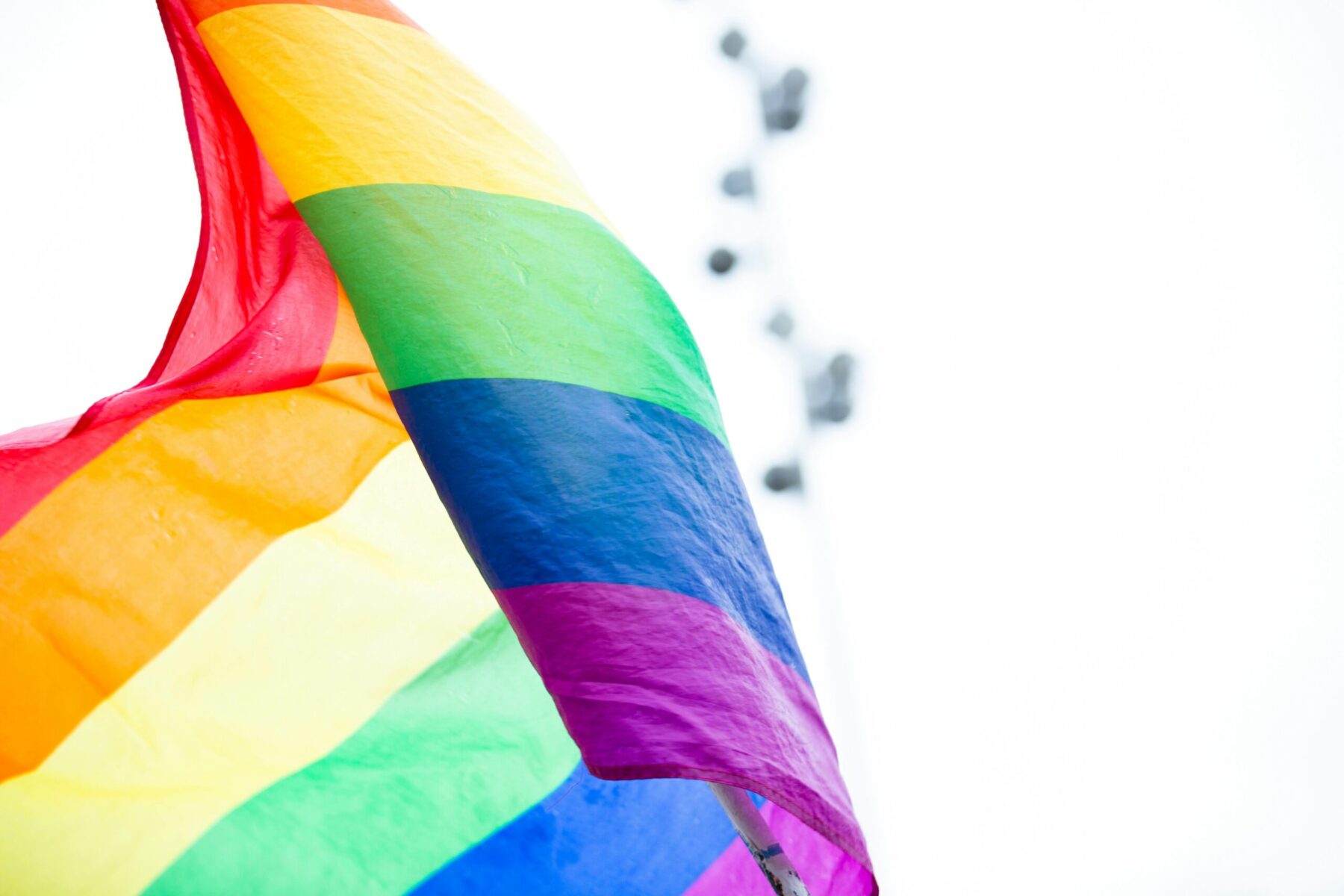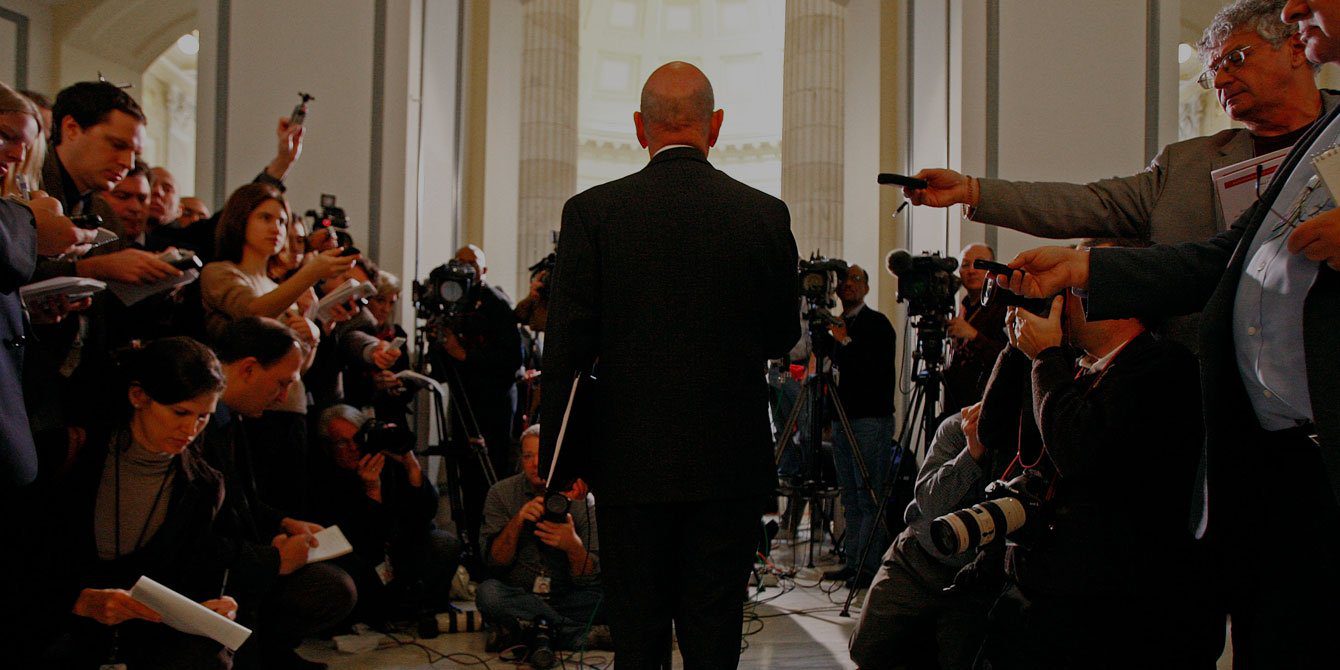Pride for Profit? Tobacco Marketing Towards the LGBTQ+ Community

Author: Jackson Thein, Director, Waxman Strategies Health Practice
It’s hard to go a day without seeing an advertisement for some tobacco product — cigarettes, pouches, or vapes to name just a few. This is especially true on social media and other digital platforms. But while the types of tobacco products and advertising may look different today than in the past, the tobacco industry’s relentless efforts to get and keep more people in America — particularly people from underrepresented communities — hooked are nothing new. While there are likely many reasons why an individual starts using tobacco products, aggressive, targeted marketing does cause measurable, population-level harm. As we come together to celebrate Pride Month, we want to take a moment to focus on how these targeted campaigns from Big Tobacco harm the LGBTQ+ community, and how we can work to ensure a healthier, more equitable future for all.
Tragically, the effectiveness of advertising on increasing consumption of tobacco products is well-documented. However, the sheer scale of tobacco marketing in recent years in the U.S. has been astonishing: the largest cigarette and smokeless tobacco companies spent $8.2 billion on advertising and promotional expenses in 2019 alone. This breaks down to a staggering $22.5 million each day, or around $25 per year, per person. But those marketing dollars are not equally distributed. The tobacco industry has a long history of targeting marginalized communities with its relentless advertising, including women, people with limited incomes, and Black Americans — the LGBTQ+ community is no exception.
In the 1990s, the R. J. Reynolds Tobacco Company (RJR) proposed a plan titled Project SCUM to sell cigarettes to those of “alternative lifestyles” in San Francisco, California. The acronym supposedly stood for SubCulture Urban Marketing, but the on-the-nose implication that the company would purposely target those systemically discriminated against by society is impossible to miss. This population included the large number of gay men in the Castro District and unhoused people in the Tenderloin neighborhood. Internal company documents from Project SCUM showed how RJR was specifically targeting young people in these areas and of these backgrounds with a goal of getting them addicted early. To RJR, the LGBTQ+ community was a market with incredible growth potential.
Of course, over the last several decades, the tobacco advertising landscape has changed dramatically, shaped by changes in media consumption and direct regulation. In 1970, Congress passed the Public Health Cigarette Smoking Act (Pub. L. 99-222) which banned cigarette advertisements on American radio and television, subsequently causing many companies to shift their advertising to print media. The Family Smoking Prevention and Tobacco Control Act of 2009 (Pub. L. 111-31) further expanded limitations on tobacco brand sponsorships and branding of non-tobacco items, among other provisions. Despite these restrictions, there is still extensive tobacco marketing to all populations, as point-of-sale, online, and social media marketing remains prevalent today
Tobacco companies have continued to target the LGBTQ+ community through both direct and indirect marketing tactics to this day. There are countless examples of tobacco companies directly advertising their products to the LGBTQ+ community. A 2011 Camel Snus (a smokeless, flavored tobacco product) advertisement encouraged users to “take pride in your flavor” in its advertisements in newspapers with primarily LGBTQ+ audiences. NJOY, an e-cigarette subsidiary of Altria, commemorated Pride Month 2014 with a Facebook post with the words “NJOY LGBT” over a rainbow handprint, while Optimo Cigars’ Instagram post on National Pride Day in 2021 “passed the love” to “all the members of the LGBTQ+ Optimo fam…” However, these targeted advertising campaigns have not just been limited to Pride Month alone. A notorious early-2000s American Spirit cigarettes print advertisement lists several freedoms associated with the product; among them are the freedoms to marry, love, and inhale.
But in addition to their direct advertisements, tobacco companies have made efforts to appeal to the LGBTQ+ community through more subtle means. These companies have used LGBTQ+ events or Pride festivals as an opportunity to increase their brand or product recognition and distribute coupons, advertising, and promotions. As a result, many organizations, including San Francisco Pride and Milwaukee Pride, have made it a policy to not accept tobacco industry funding for their events. Nevertheless, tobacco companies have continued to host or sponsor events — such as Phillip Morris Limited’s “Heat Your Pride” afterparty at London Pride 2023, alluding to the company’s IQOS heated tobacco product, or the company’s co-sponsorship of an LGBTQ+ equality focused-summit for The Hill newspaper in Pride Month 2021. This marketing not only increases the familiarity of the tobacco company and its products among attendees, but also associates the brand with general support for the LGBTQ+ community and its spaces at a time of celebration.
Again, it’s undeniable that the drivers of tobacco use are complex. Social stigma, added stressors, higher prevalence of substance use, as well as bars and nightclubs serving as prominent social centers all contribute to higher prevalences of tobacco use in the LGBTQ+ community than in the general population. In general, lesbian, gay, and bisexual (LGB) adults have a higher prevalence of commercial tobacco use than straight adults, a disparity that also holds true for transgender adults in comparison to cisgender adults. However, recent research has demonstrated that members of the LGBTQ+ community are also more receptive to tobacco company advertisements in some cases, and this receptivity has been linked to tobacco uptake.
So, what can be done to address this? Initially, more research is needed to help identify the root causes of use and harms of targeted tobacco advertising for the LGBTQ+ community. In addition to broader tobacco cessation efforts, specifically tackling targeted marketing practices is an important part of the solution. As mentioned, Pride events, affinity groups, publications, professional associations, and other LGBTQ+-affiliated organizations have made the choice to go “tobacco-free” by disallowing sponsorships, advertisements, or affiliations with any tobacco companies. Resources, such as the National LGBT Cancer Network’s Smoke-Free Pride Toolkit, provide strategies for Pride event organizers and advocates to for smoke-free events for the community. Bars, nightclubs, venues, and party production companies have also been deliberative in disallowing tobacco product advertising or promotions on their premises. To support this, federal agencies, such as the Centers for Disease Control and Prevention’s (CDC’s) Office on Smoking and Health (OSH) could also develop additional resources to educate organizations and businesses about the harms of allowing continued affiliation, sponsorship, and advertising from tobacco companies, while also promoting culturally aware tobacco control initiatives. Just as tobacco companies have used associations with the LGBTQ+ community to promote their products, the same strategy should be employed for cessation efforts. The National LGBT Cancer Network’s Outlast Tobacco campaign aims to reclaim the narrative on tobacco usage in the LGBTQ+ community through culturally specific materials, messaging, and resources, including “Tips to Quit from Queer Former Smokers”. The CDC has also featured LGBTQ+ Americans in its Tips From Former Smokers® campaign sharing real stories about the health effects of smoking and the road to quitting.
So this Pride Month, as we celebrate the accomplishments and contributions of the LGBTQ+ community, let’s also recommit to taking the essential steps needed to ensure everyone across America can live authentic, healthy, and long lives free from tobacco. Happy Pride Month!
If you would like to talk to us about this topic or related issues, please contact Jackson Thein
(jackson@waxmanstrategies.com).

